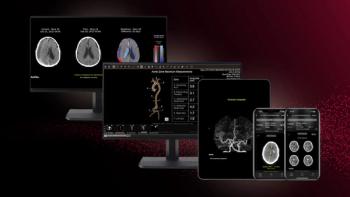
Radiation Puts Dialysis Patients at Higher Cancer Risk
HealthDay News - Younger patients and those on transplant list receive highest doses of imaging-related radiation
HealthDay News - Many dialysis patients are exposed to high levels of radiation because of frequent medical imaging procedures, putting them at increased risk of cancer, according to a study published online Feb. 25 in the Journal of the American Society of Nephrology.
Andreana De Mauri, MD, of University Hospital "Maggiore della Carita" in Novara, Italy, and colleagues investigated the cumulative radiation exposure in a group of dialysis patients. The researchers retrospectively reviewed medical records of 106 hemodialysis patients for a median of three years, collecting information about the number and type of radiology procedures they underwent. They then calculated the individual cumulative effective doses (CEDs) of radiation.
The researchers found that 22 patients received low doses of radiation each year, 51 received moderate doses, 22 received high doses, and 11 received very high doses. A total of 17 patients had a CED associated with a substantially increased risk of cancer-related death (>100 mSv). An increased CED was significantly associated with younger patients and patients awaiting transplant. Seventy-six percent of the total CED was due to CT scans.
"This study showed that within three years, a significant fraction of surviving hemodialysis patients received estimated radiation doses that may put them at an increased risk of cancer," the authors write. "These findings emphasize the need to begin tracking at least the computed tomography-related exposure, as recently suggested by the American College of Radiology, to develop and implement alternative strategies to reduce patient-specific radiation burden."
Copyright © 2011
Newsletter
Stay at the forefront of radiology with the Diagnostic Imaging newsletter, delivering the latest news, clinical insights, and imaging advancements for today’s radiologists.



























